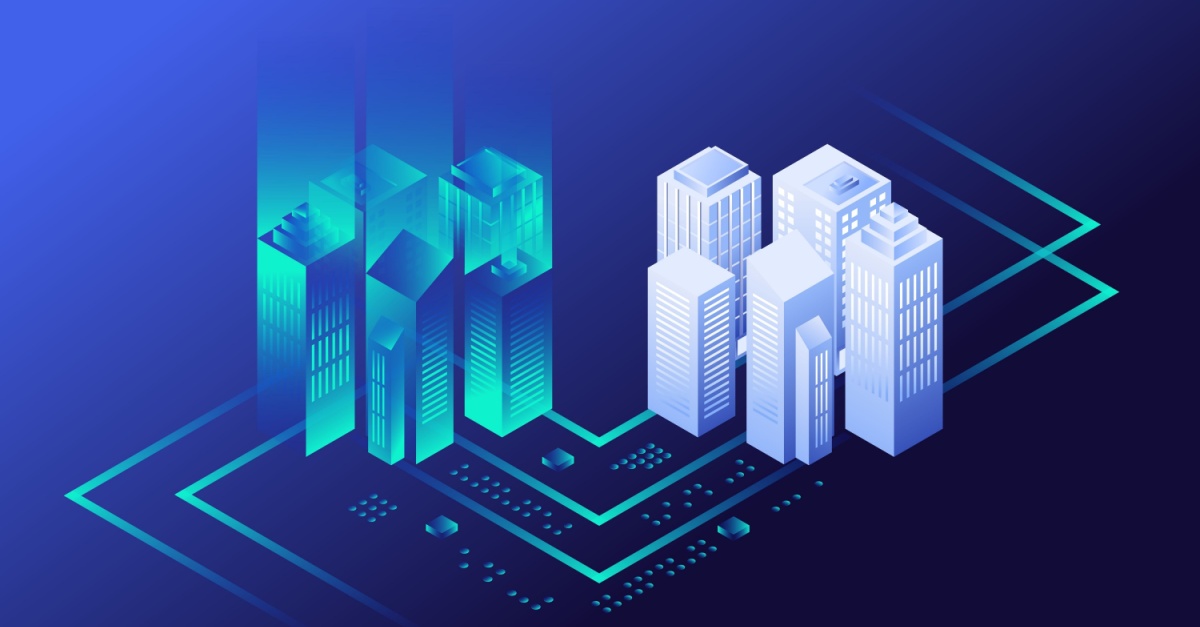
The Future of Facility Maintenance: Predictive Maintenance Technologies
May 28, 2025
Imagine catching a critical failure before it happens — not by chance, but through smart facility maintenance. Today’s facility leaders face rising costs, aging infrastructure, and mounting ESG pressures. Unplanned downtime can cost up to $125,000 per hour, while poor maintenance slashes equipment capacity by 5-20%. It’s no wonder the predictive maintenance (PdM) market hit $5.5 billion in 2022, with 17% annual growth. Facility maintenance is evolving fast, with IoT, AI/ML, and cloud systems driving proactive strategies and smarter decisions.
This article outlines five strategic ways predictive maintenance technologies are transforming facility maintenance management, with actionable insights for facility leaders looking to improve performance, reduce costs, and stay ahead of unplanned disruptions.
No. 1: Real-Time IoT Sensors for Continuous Monitoring
A failing HVAC unit doesn’t wait for a convenient time to break down — and when it does, it’s usually costly. That’s why more facility leaders are turning to real-time IoT sensors to stay one step ahead. By installing temperature, vibration, pressure, or current sensors on critical equipment like chillers, pumps, and elevators, you get around-the-clock visibility into performance. These sensors stream live data into your CMMS or cloud platform, sending alerts when something’s off. A pressure spike in a boiler, for instance, can point to early scale buildup, giving your team time to act before it turns into a failure. Start by identifying the top 20% of high-risk assets, retrofit the right machines, and set up alerts that guide smarter, faster decisions.
No. 2: AI/ML Analytics for Predictive Diagnostics
Predictive maintenance technologies AI and machine learning analytics are revolutionizing predictive diagnostics by analyzing IoT sensor data and operational trends to forecast equipment failures before they occur. These predictive maintenance technologies detect early warning signs — like rising vibration levels or thermal anomalies — and calculate a part’s remaining useful life, allowing for repairs before breakdowns happen. Proven to reduce maintenance costs by up to 40% and cut unplanned downtime nearly in half, predictive strategies offer significant ROI. For example, one global plant cut urgent maintenance tasks drastically after implementing PdM across 33 machines. Platforms integrate with BMS, ERP, CMMS, and even weather systems to deliver precise, contextual alerts. Start with critical assets, validate AI insights with inspections, and scale across your portfolio to turn diagnostics into a strategic advantage.
No. 3: Digital Twins for Virtual Facilities Management
Digital twins are 3D virtual replicas of buildings or systems, created from CAD/BIM plans and live sensor data to visualize operations in real time — mapping temperature, airflow, and equipment status onto a dynamic layout. These models enable predictive simulation, allowing facility teams to test “what-if” scenarios and flag aging components based on performance history. Leading airports like Dublin, Vancouver, and Schiphol now use digital twins to optimize maintenance and extend asset life. To get started, facility leaders can convert existing drawings into digital models, integrate IoT data for real-time updates, and partner with FM software providers. The result: a virtual walkthrough that uncovers hidden issues, supports strategic repairs, and transforms maintenance into a forward-looking asset strategy.
No. 4: Smart Building Automation & Energy Efficiency
Smart building automation integrates HVAC, lighting, security, and more into one intelligent system — where occupancy and daylight sensors automatically adjust lighting and temperature, and access control data can fine-tune energy usage. For instance, setting a smart thermostat to 22°C during work hours and scaling back at night reduces unnecessary HVAC runtime. The operational benefits are clear: Automation not only cuts energy costs but also reduces labor by alerting teams to issues like filter clogs or failing lights before they escalate.
Studies show that every $1 spent on smart building tech can yield $3 in savings within five years. Plus, with Millennials and Gen Z seeking tech-forward environments, automation can increase tenant appeal. To get started, audit your current systems and consider easy retrofits like IoT thermostats, wireless lighting controls, and occupancy sensors. Use the resulting data to optimize schedules — and eventually connect these systems to your maintenance software for automated work orders triggered by sensor alerts.
No. 5: Data-Driven Strategy, ROI & Sustainability
When facility leaders tap into data-driven strategies, they unlock smarter, more efficient operations across every site they manage. Executive dashboards pull in real-time info from sensors, AI, and smart systems, making it easy to set and track KPIs like uptime, energy use, or downtime reduction goals. The return on investment is no joke — predictive maintenance often delivers up to 10× ROI, cuts costs by 8-12% compared to preventive methods, and even more compared to reactive fixes. Plus, assets last longer, which means fewer big-ticket replacements. It’s a win for sustainability too — optimized systems use less energy, produce less waste, and help meet compliance standards.
Smart building tech ties everything together, from lighting to HVAC to security, saving energy and labor while creating a better tenant experience. Even better? You can use the data to fine-tune budgets, plan upgrades, and automatically trigger work orders when something’s off. It’s smart, simple, and future-ready.
The Future Starts Now: Turn Predictive Maintenance into Measurable Performance Gains
Forward-thinking facility leaders are turning to five key strategies to centralize operations, streamline their facility maintenance management, reduce costs, and improve asset performance across their portfolios. A data-driven strategy is essential for visibility and smarter decision-making — something BrandPoint delivers through integrated reporting and centralized work order platforms. Our focus on ROI and sustainability helps clients extend asset life while meeting ESG goals through energy-efficient solutions.
With smart building automation and energy upgrades, we streamline system performance and cut utility costs. Our use of digital twins enables remote monitoring and virtual asset management — ideal for multisite portfolios. Finally, our AI/ML-powered analytics and real-time IoT sensor monitoring support predictive maintenance to stop issues before they start. Ready to uncover gaps and drive smarter maintenance? Connect with BrandPoint Services today.






